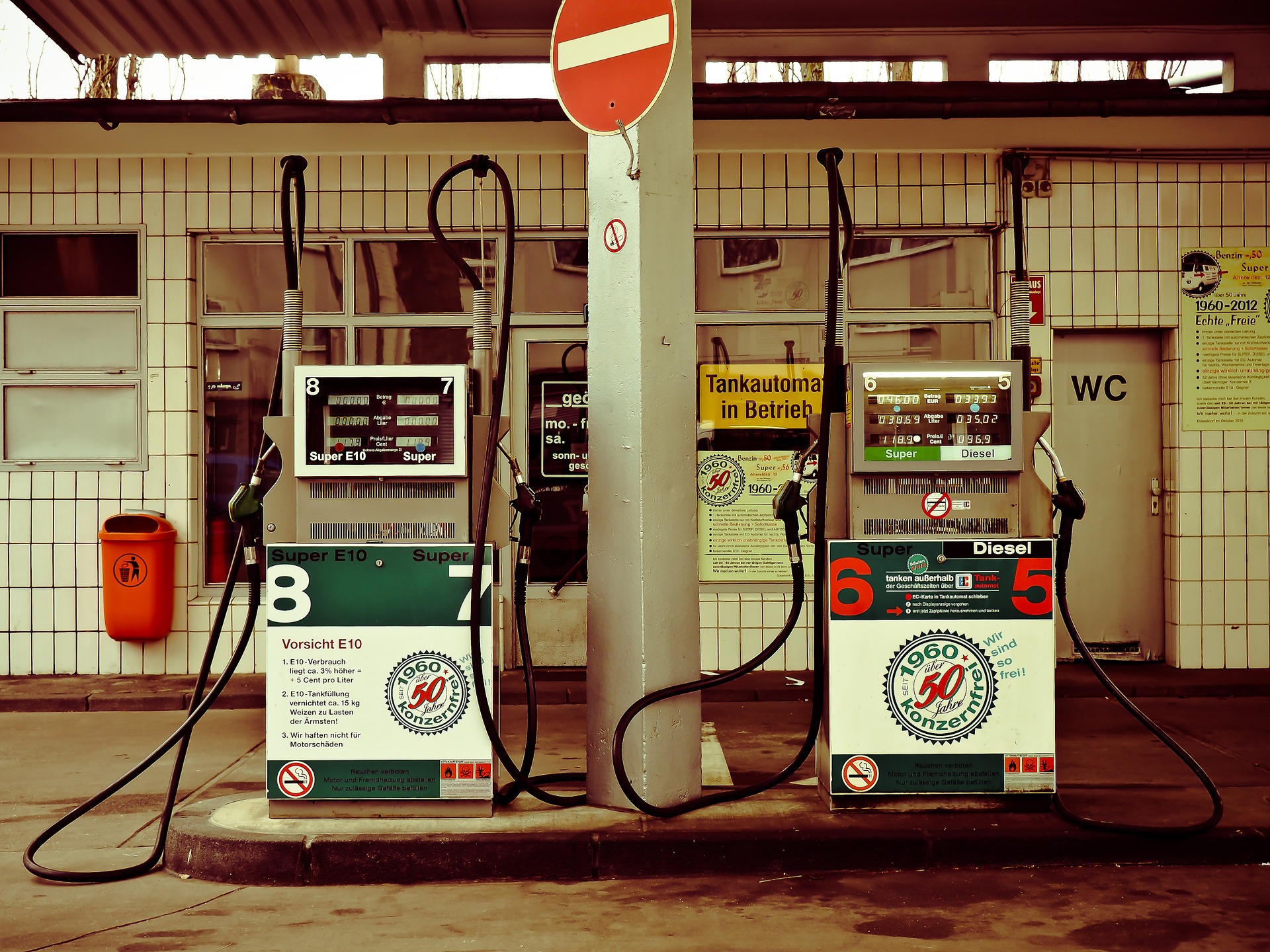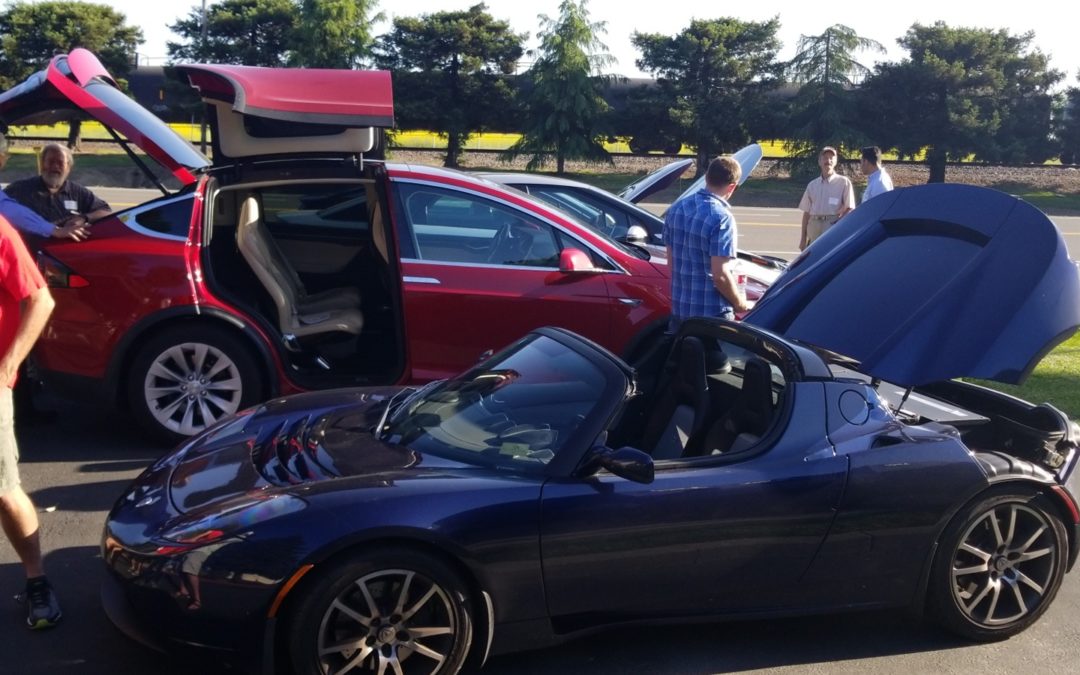The developing industry around electric cars creates jobs. Building new manufacturing and supply chain infrastructures and investing in the new vehicle technologies by default adds jobs to the economy. However, a legitimate question is, does Electric Vehicle(EV) adoption and use affect jobs outside of these new investments. Aggressive growth goalsia in the future adoption of EVs, will trigger a change in where households incur expenses.
In the past 5 years a host of economic papers have detailed the effect of EV adoption on national and local economies. The findings all suggest adoption of EV can and will result in substantial job creation. Nationally an estimated 1.9 million more jobs in 2030 and a 16 times more return on changing consumer spending. The largest job driver of local jobs with the adoption of EVs will be the spending changes as people shift from gas and oil purchases to clean electric fueling.

The average gas station sells $7,000,000 of fuel per year.
Currently, the average cost for driving a car with an internal combustion engine (ICE) car 10,000 miles a year is $1,657. This is money spent on gas and maintenance such as refueling and oil changes. While these expenses help your local gas station and service center stay in business, most of the money flows out of the local economy to outside Oil Producers. Half of the oil consumed in the US comes from overseas. As consumers shift to EVs, these expenses are repurposed.
EV consumers will, on average, incur $522 for fueling and gain $1,135 in savings. The two together apply $1,657 to the local economy in terms of electric energy production, retail, private services, and construction. The savings, from owning an EV, become expenses in goods and services that, locally, create more jobs. A dollar saved from ICE vehicles and spent elsewhere is actually 16 times more job intensive.
If California reaches Governor Brown’s goal of 1,000,000 EVs on the road by 2020, assuming savings don’t change, an additional $1.2 billion dollars will remain in the California economy.
Combine all EVs and switching to electric has contributed nearly 200,000 jobs to the California economy. In The first half of 2019 with approximately 75,000 EVs and HEVs purchased in California, we are on pace to add another 50,000 jobs by switching to Electric Vehicles in 2010.
Looking at the evidence, the move to electric cars will help local economies.
If you want to get more involved in Electric Vehicals in Sacramento, check out Sac EV, who helped me with this report.
Sources”
- Goleta , “Governor Brown Announces $120 million Settelment to Fund Electric Car Charging Stations Across California”, 23 March 2012, <https://www.gov.ca.gov/news.php?id=17463>
- Roland-Holst, David “Plug-in Electric Vehicle Deployment in California: An Economic Assessment”, September 2012
- Wescott and Werling, “Economic Impact of Electrification Roadmap”, Electrification Coalition, 2010
- “California Auto Outlook”, Auto Outlook, Inc., August 2015
- “Your Driving Cost”, AAA, 2018
- Gas/Diesel Fuel Station Revenue (2012) Gasoline (7,748 stations, selling 13,571M gallons total or 1.75M each) times $4.03 / gallon – $7M per station.
ABOUT THE AUTHOR
Thomas is the Executive Director of CleanStart. Thomas has a strong background in supporting small businesses, leadership, financial management and is proficient in working with nonprofits. He has a BS in Finance and a BA in Economics from California State University, Chico. Thomas has a passion for sustainability and a commitment to supporting non-profits in the region.
Sponsors




Weintraub | Tobin, Revrnt, Moss Adams, PowerSoft.biz, Greenberg Traurig


